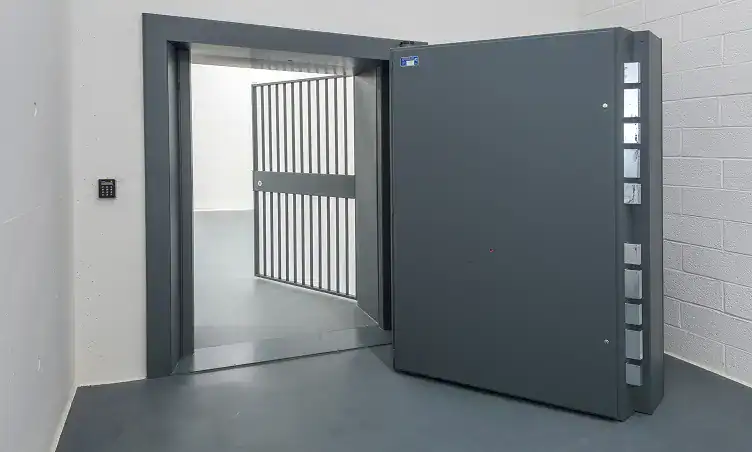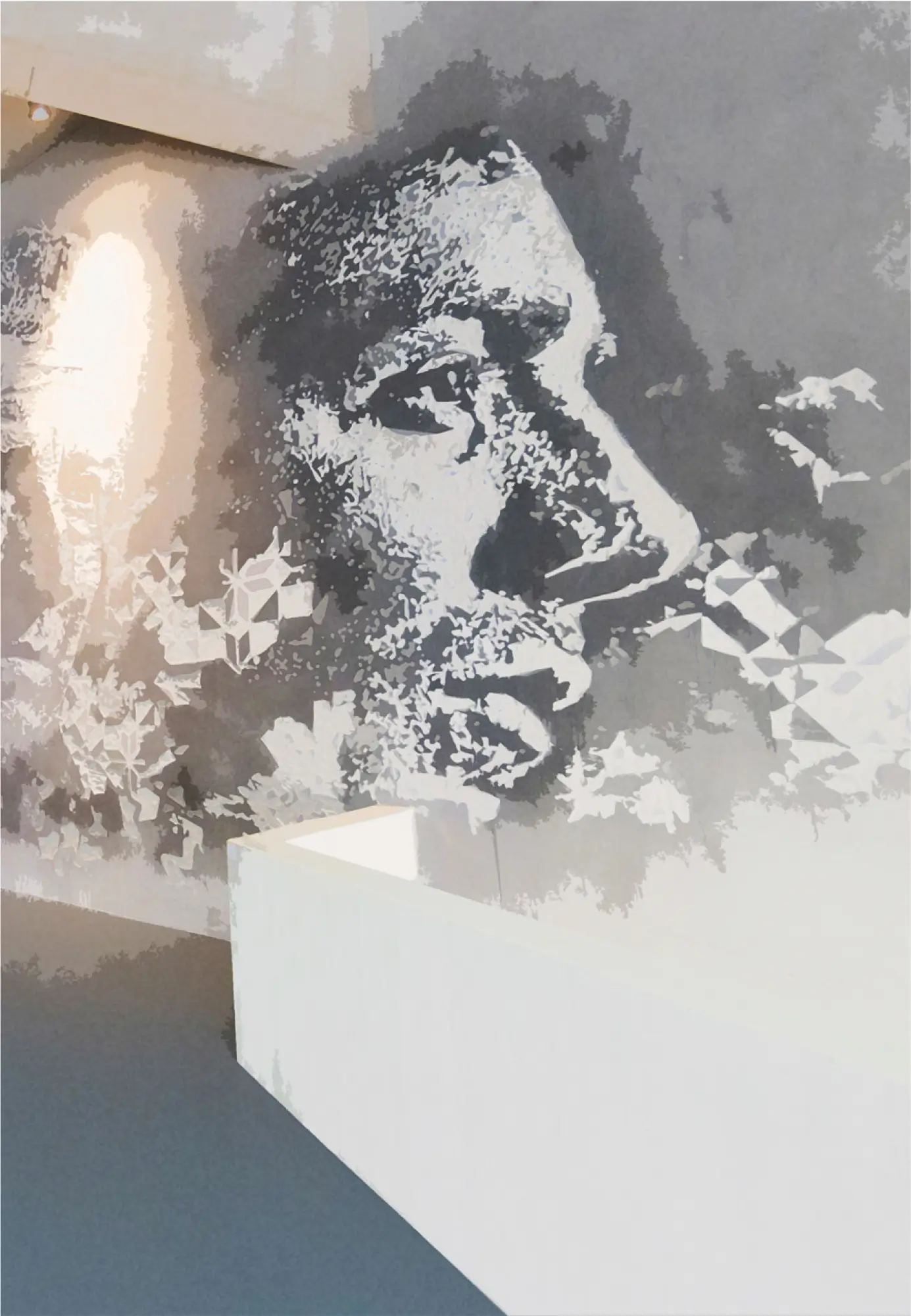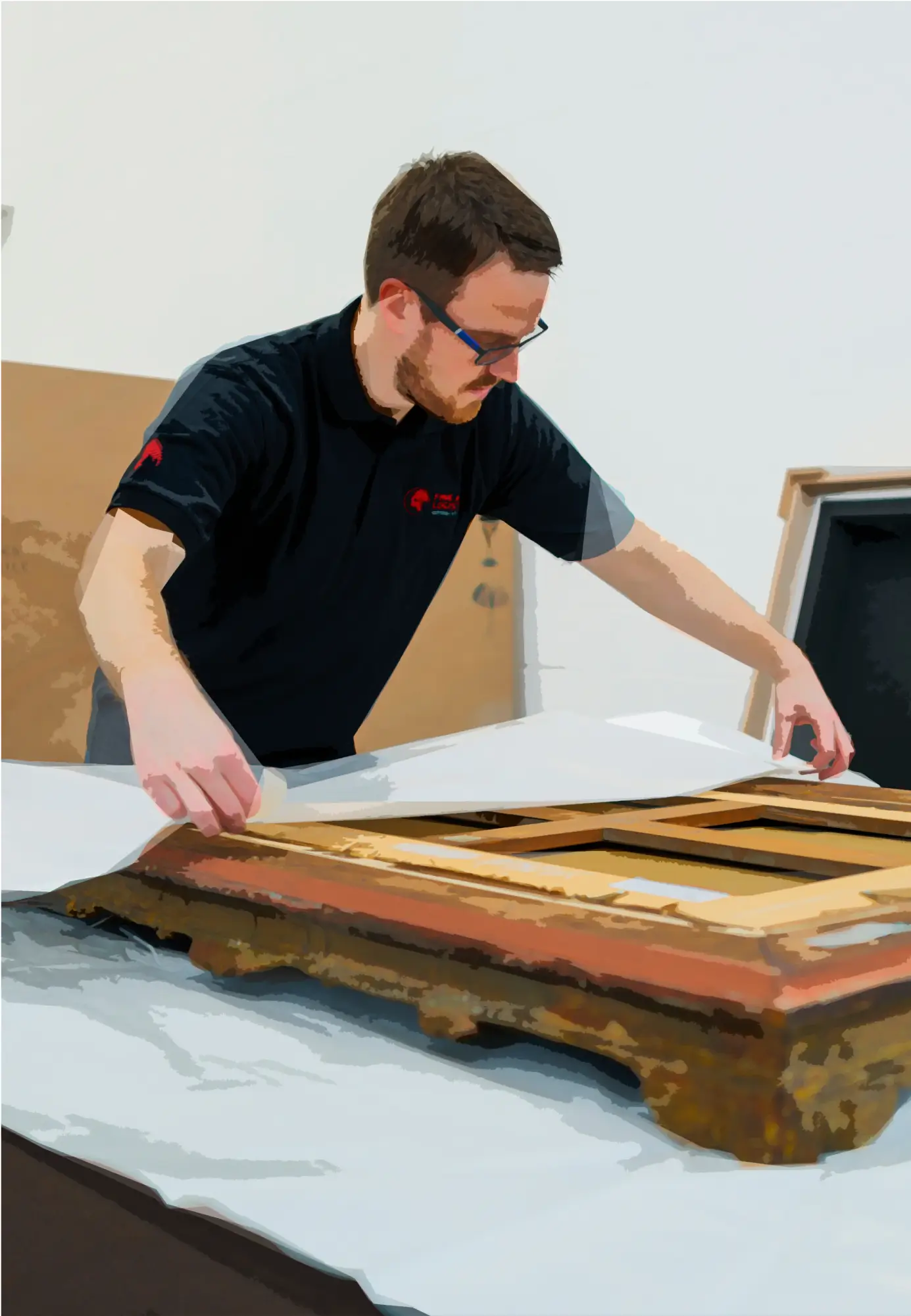Art storage: temperature and humidity-controlled environment

The value of an artwork goes beyond its acquisition price: it reflects a history, a sensibility, and a long-term investment. But preserving artwork requires more than just a secure space. Temperature and humidity-controlled storage has become an essential criterion to prevent color alteration, support deformation, and material deterioration. In this article, we explore why these conservation conditions are essential for artwork preservation, whether intended for private use, museum exhibition, or as a heritage investment.
Why are temperature and humidity critical for art conservation?
The materials that make up an artwork (canvas, wood, paper, pigments, metal) react to temperature and humidity variations.
- Ideal temperature: generally between 20°C and 22°C for most materials.
- Relative humidity (RH): recommended between 50% and 60%.
Risks of poor climate management
- Warping and cracking in wooden panels or canvas paintings.
- Corrosion and oxidation of metal artworks.
- Mold and staining in cases of excessive humidity.
- Fragility in old paper in environments that are too dry.
The advantages of temperature and humidity-controlled storage
Long-term conservation of private and museum collections
A space with temperature and humidity control ensures the stability of artworks, even during prolonged storage or frequent transfers. This represents a key criterion for private collectors and art investors seeking long-term preservation of their cultural assets.
Security and insurance
A stable environment is often required by art insurance specialists. Some contracts include conditions related to secure storage in certified technical spaces, such as those offered by Fortius.
Technologies used for optimal storage
Climate control systems
- Real-time sensors to monitor temperature and humidity.
- Automated alarms in case of abnormal variations.
- Air filtration to prevent dust and pollutants.
Physical security and traceability
Beyond climate considerations, modern solutions include:
- secure access via biometric badge,
- surveillance cameras,
- digital tracking of each artwork entry and exit.
Who needs temperature-controlled storage?
- Private collectors: preservation of high-end acquisitions.
- Art investors: protection of high-value assets.
- Museums and galleries: compliance with international conservation standards.
- Art advisors and private banks: key solution for their wealthy clients.
FAQ
1. What is the ideal humidity for storing an antique painting?
Between 50% and 60% relative humidity to prevent warping and mold.
2. Can a metal sculpture be stored in a non-climate-controlled location?
Strongly discouraged: a non-controlled environment promotes corrosion and rust.
3. Do insurers require specialized storage for art?
Yes, many insurers impose strict temperature and humidity conditions.
Conclusion
Art conservation cannot be limited to a safe or a simple warehouse. Storage with temperature and humidity control is a guarantee of durability and value for any collection. Whether you are a collector, investor or cultural institution, Fortius accompanies you with its customized and secure solutions.
Discover our secure storage services and protect your artworks for future generations.

Art enthusiast?
Download the worldwide art sales calendar and never miss an important sale or event!
Discover the calendar







